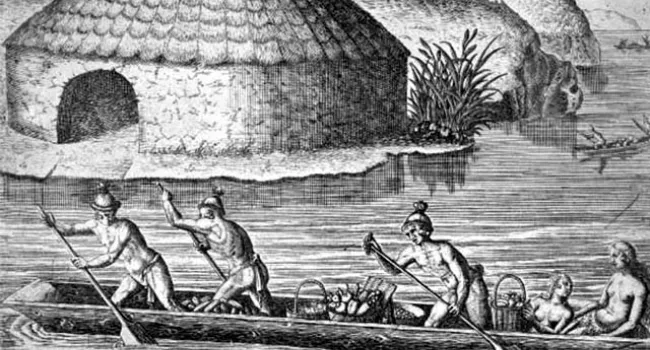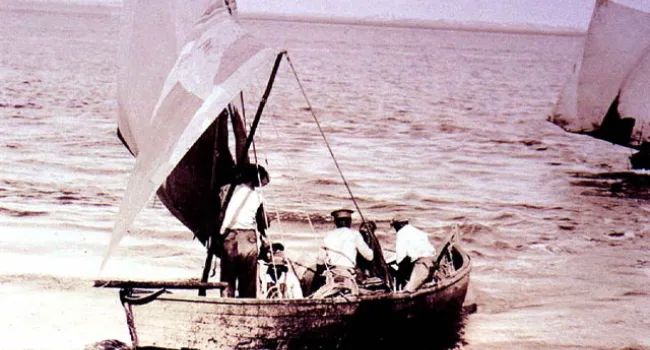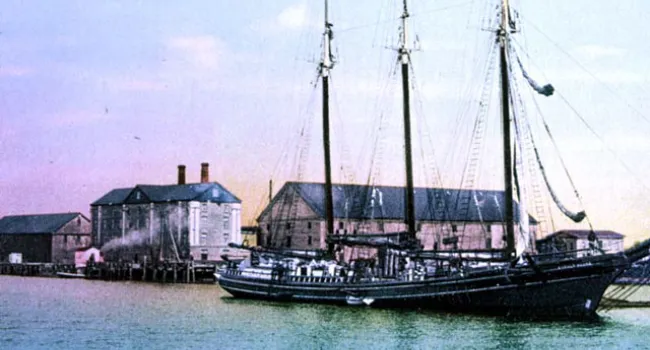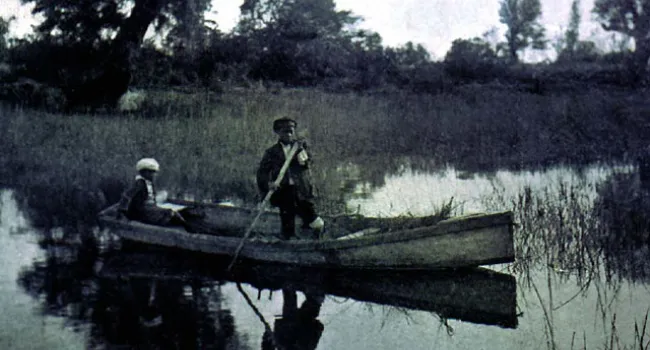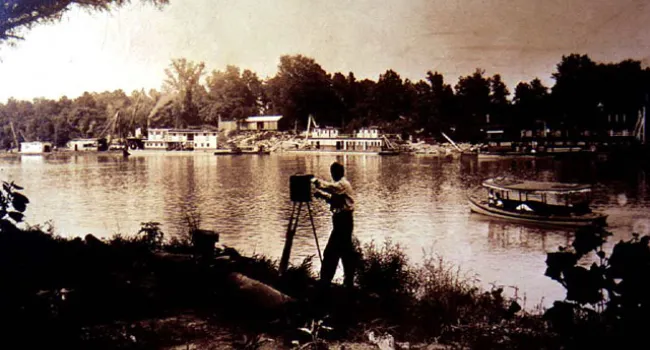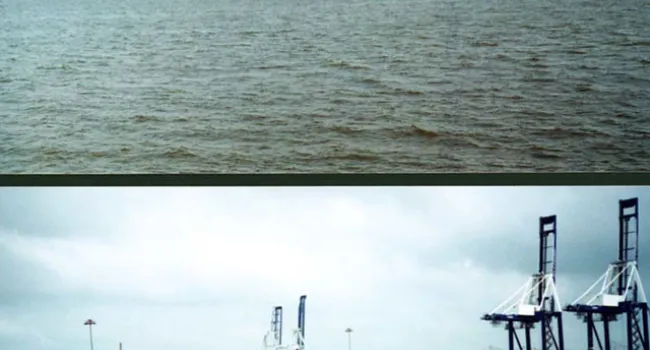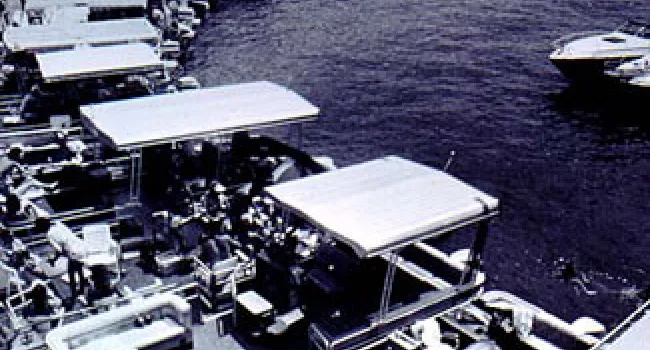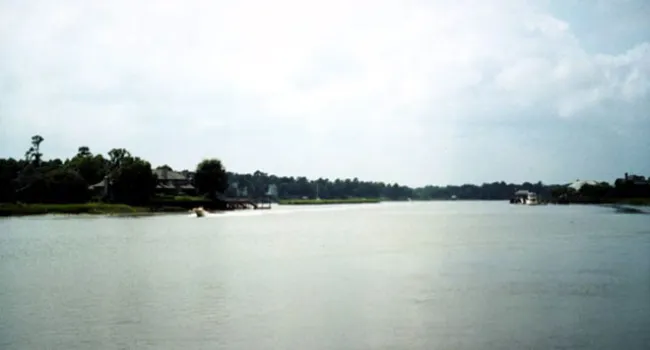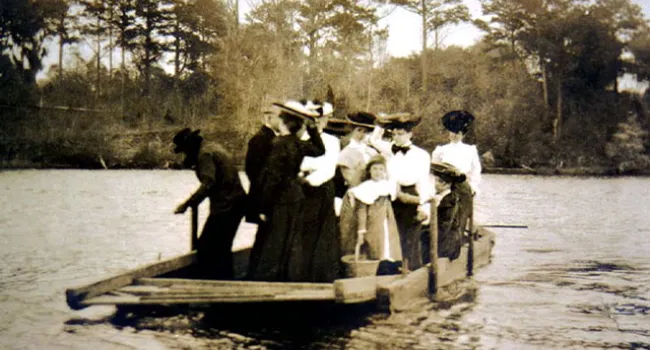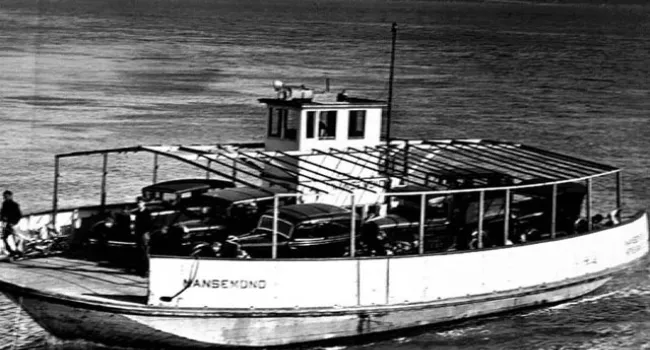
The lock house on the Santee Canal, painted by Charles Fraser around 1820. South Carolina has an extensive river system whose major navigable rivers served as important transportation networks for bringing hides and furs, rice and indigo, and later cotton and lumber to the coastal cities of Georgetown and Charleston for shipment. Before the railroads made them obsolete, between 1800 and 1830 a number of canals were built through a combination of public and private funding. Some, such as the Columbia Canal, which took barges and boats around the falls on the Broad River, were built to bypass rapids or falls to allow river traffic beyond the fall line. The Santee Canal connected the Santee to the Cooper River, necessary because there is no suitable harbor at the mouth of the Santee, which drains a large agricultural inland region. Built by a private company before 1800 using mostly slave labor, the Canal had nine single and two double locks to lift boats over the ridge of land that separated the two rivers near Moncks Corner.
Courtesy of the Gibbes Museum of Art/Carolina Art Association.

